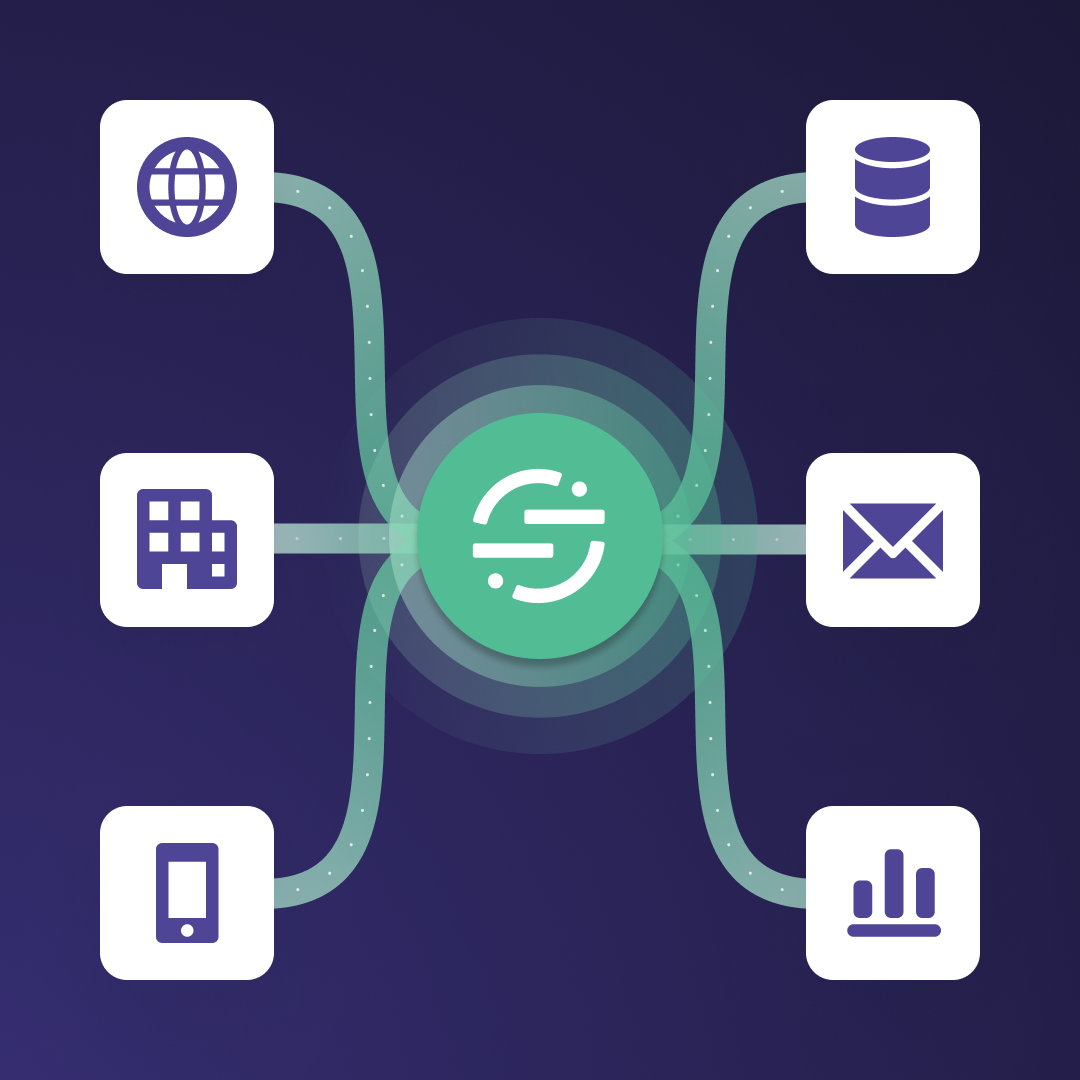Figure 4: Using Product Purchased in Analysis.
Reverse ETL
Segment’s latest Beta feature enables a sync between Google BigQuery and/or Snowflake to send the records based on written SQL statements; this is an alternative to tracking individual events through a Segment library. The delta values will be synced up automatically to the intended destination; this feature only works with Actions destinations. After setting up a Reverse ETL model, the structure follows a similar pattern to setting up any event or track call based on the values returned in the SQL statement; generally this includes a userId, timestamp, event type (Identify or Track), as well as a mapping for traits, properties, and event names.
How to convert from Classic to Actions
Converting from a Mixpanel Classic destination to an Actions destination is simple. This demo video outlines how to set up Actions in just a few clicks. The default settings for Actions will largely mimic what’s already available in the limited settings of Classic. The main change is that client side sources will no longer require device-mode configurations, reducing the need to load the Mixpanel SDK side-by-side with the Segment SDK. To complete the shift, simply setup a new Mixpanel destination in the Segment UI for your selected Source, be sure to select Actions from the connection mode, add your project ID and project secret, and Segment will take it from there. Be sure to disable the Classic destination to avoid double-sending events.
About Ragnarok
Founded in 2012, Ragnarok is a seasoned professional services agency that provides strategic and technical guidance, along with hands-on engineering and analyst support for Mixpanel and Segment. Having led over 200+ clients in their Martech integration and investment, Ragnarok boasts a roster featuring prestige brands like A+E Networks, Dropbox, Afterpay and more. Ragnarok works with clients of all sizes, effectively realizing their initiatives and delivering products and experiences that drive incremental revenue for their business. Click here to learn more about Ragnarok.





